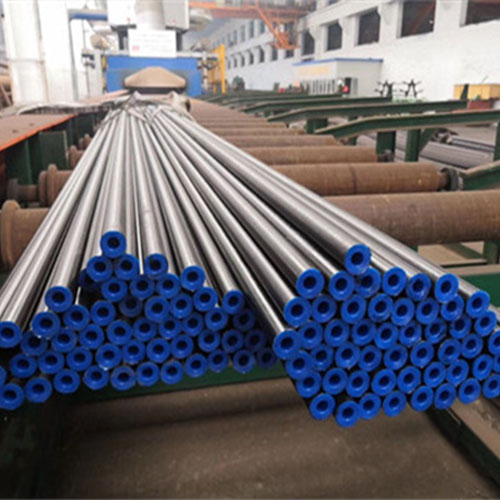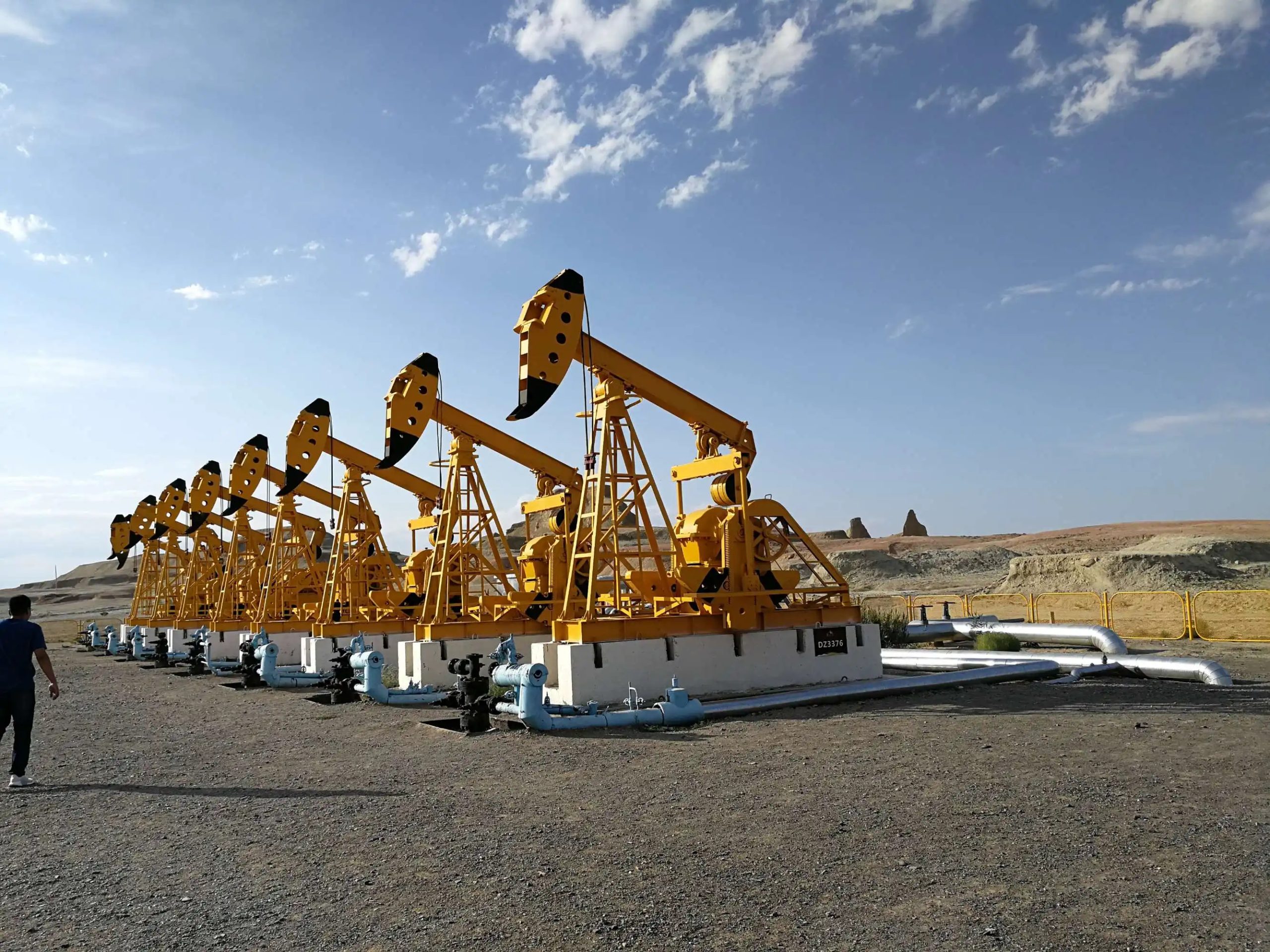Table of Contents
Benefits of Using Casing Cementing Head in Oil and Gas Operations
Casing cementing heads, also known as double plug cementing heads, are essential tools used in oil and gas operations to ensure the proper placement of Cement in the wellbore. These tools play a crucial role in the cementing process by allowing for the controlled displacement of cement slurry into the annulus between the casing and the wellbore wall. By using a casing cementing head, operators can achieve a secure and reliable cement bond, which is essential for well integrity and zonal isolation.
One of the key benefits of using a casing cementing head is its ability to facilitate the double plug cementing technique. This technique involves the use of two cement plugs \\u2013 a top plug and a bottom plug \\u2013 to separate the cement slurry from the displacement fluid. The casing cementing head provides a means of releasing these plugs at the appropriate times during the cementing process, ensuring that the cement is properly placed and that the annulus is effectively sealed.
In addition to facilitating the double plug cementing technique, casing cementing heads offer several other benefits in oil and gas operations. One of the primary advantages is their ability to prevent fluid contamination during the cementing process. By using a casing cementing head, operators can ensure that the cement slurry remains uncontaminated by drilling fluids or other fluids present in the wellbore, which can compromise the integrity of the cement bond.
https://www.youtube.com/watch?v=2Bv9gBwsv20
Furthermore, casing cementing heads help to improve the efficiency and accuracy of the cementing process. These tools are designed to provide precise control over the displacement of cement slurry, allowing operators to achieve the desired cement placement with minimal waste or excess cement. This level of control is essential for ensuring that the cement bond is uniform and that the wellbore is properly sealed.
Another benefit of using a casing cementing head is its versatility and compatibility with various wellbore conditions. These tools are designed to accommodate different casing sizes and types, making them suitable for a wide range of well construction projects. Whether drilling a vertical well, a deviated well, or a horizontal well, operators can rely on casing cementing heads to deliver consistent and reliable results.
In conclusion, casing cementing heads play a critical role in oil and gas operations by ensuring the proper placement of cement in the wellbore. These tools offer several benefits, including the facilitation of the double plug cementing technique, prevention of fluid contamination, improved efficiency and accuracy, and versatility in wellbore conditions. By using a casing cementing head, operators can achieve a secure and reliable cement bond, which is essential for well integrity and zonal isolation. Overall, casing cementing heads are indispensable tools for achieving successful cementing operations in the oil and gas industry.
Step-by-Step Guide to Using Double Plug Cementing Head API 5CT
Casing cementing heads, also known as double plug cementing heads, are essential tools used in the oil and gas industry for cementing casing strings in wellbore operations. These tools are designed to facilitate the process of cementing by providing a means to introduce cement slurry into the annulus between the casing and the wellbore wall. The double plug cementing head API 5CT is a widely used model that meets the American Petroleum Institute’s standards for quality and performance.
To use a double plug cementing head API 5CT effectively, it is important to follow a step-by-step guide to ensure a successful cementing operation. The first step in using a double plug cementing head is to prepare the equipment and materials needed for the job. This includes the cement slurry, casing string, centralizers, and any Other Tools required for the cementing operation.
Once the equipment and materials are ready, the next step is to install the double plug cementing head on top of the casing string. The cementing head is typically attached to the top of the casing using a threaded connection. It is important to ensure that the cementing head is securely attached to the casing to prevent any leaks or failures during the cementing process.


After the cementing head is installed, the next step is to prepare the cement slurry for injection into the wellbore. The cement slurry is typically mixed in a cementing unit and pumped Down the casing string using a cementing pump. The double plug cementing head is designed to hold two cement plugs \\u2013 a top plug and a bottom plug \\u2013 which are used to separate the cement slurry from the displacement fluid.
Once the cement slurry is ready, the next step is to pump the slurry down the casing string and into the annulus between the casing and the wellbore wall. The top plug is pumped down the casing string first, followed by the cement slurry. The bottom plug is then pumped down the casing string to separate the cement slurry from the displacement fluid.
After the cement slurry has been pumped into the annulus, the next step is to displace the cement slurry with a displacement fluid. The displacement fluid is typically a lighter fluid, such as water or drilling mud, that is used to push the cement slurry into place and ensure a proper cement bond between the casing and the wellbore wall.
Once the cement slurry has been displaced, the final step is to release the bottom plug from the double plug cementing head. This allows the displacement fluid to flow through the casing string and into the annulus, completing the cementing operation.
In conclusion, using a double plug cementing head API 5CT is a critical step in the cementing process for oil and gas wellbore operations. By following a step-by-step guide and ensuring that all equipment and materials are properly prepared, operators can achieve a successful cementing operation and ensure the integrity of the wellbore.

